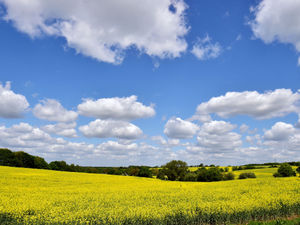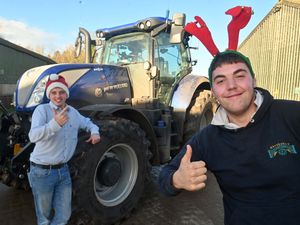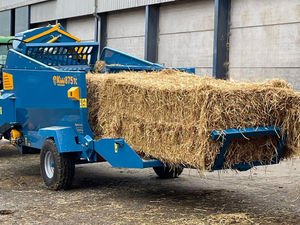How to control costs on meals fit for pigs
Feed costs currently represent about 62 per cent of total costs of pig production.
Consequently, any fluctuation in feed prices has a greater impact on production costs and profitability than any other single factor.
While it may be possible to decrease the cost of production by reducing input prices – for example, switching to a cheaper ration or purchasing in larger quantities – it can also be achieved through a number of simple, practical actions to minimise feed wastage and to improve the efficiency of usage. We’ll look at some of these options below.
Feeder placement – Placement is as critical as feeder space in ensuring that all pigs within a group have access to feed. Hoppers placed too close to a pen corner can be blocked by a dominant pig, and are also more at risk of spoilage through soiling. Feeders should be located far enough from drinkers to ensure that dominant pigs must move away to drink, providing opportunities for less dominant pigs to access feeders, but not so far as to cause major disturbance; for instance, place within one to two metres of drinkers.
Feeder flow rates and trough coverage – Feeders should be checked daily to ensure they are working correctly and that feed is available. Dry feed flow rates should be set to maintain intake, but reduce wastage, providing about 25 per cent to 50 per cent coverage of the feeder trough, depending on the hopper. Remember, flow rates may need to be adjusted frequently as the pigs grow.
Wastage – Wastage from feed falling between the slats or being spilt onto the floor is expensive. Consider placing feeders on boards to prevent feed falling through slats. It is important to quickly identify the cause of any spillage and rectify the problem. For instance the hopper design may be incorrect for the size of pig or too much food in the trough, increasing the risk of stale feed accumulating and being dug out.
Storage – Clean and inspect feed bins regularly, looking for signs of damage. Bagged feed should be stored in a dry area and at a suitable temperature. Do not store creep feed in a nursery or farrowing house as the warm temperatures will turn it rancid. Check feed for signs of mould and mites. If found, discard the affected feed, and identify the source.
Water – Maintaining water intake is critical as it drives feed intake and, therefore, affects growth rate and feed conversion. There must be sufficient functioning drinkers, at the correct height for the stage of pig, correctly positioned and with adequate flow rates. When did you last check the flow rates of your drinkers?
Vermin and birds – Contamination of feed by vermin and birds not only poses a health risk to the pigs, but can result in significant feed losses. One hundred adult rats can eat up to four tonnes of feed per year! Maintain an active vermin control programme (subject to current legislative guidelines), bird-proof buildings where possible, keep lids on hoppers and feed barrows, and clean up spillages promptly.
More tips can be found in our Action for Productivity factsheet (18), available from the AHDB Pork website: https://pork.ahdb.org.uk/media/274938/afp18_nutrition_efficient-feed-usage_web_aw.pdf
Angela Cliff, Knowledge Exchange Manager, AHDB Pork





